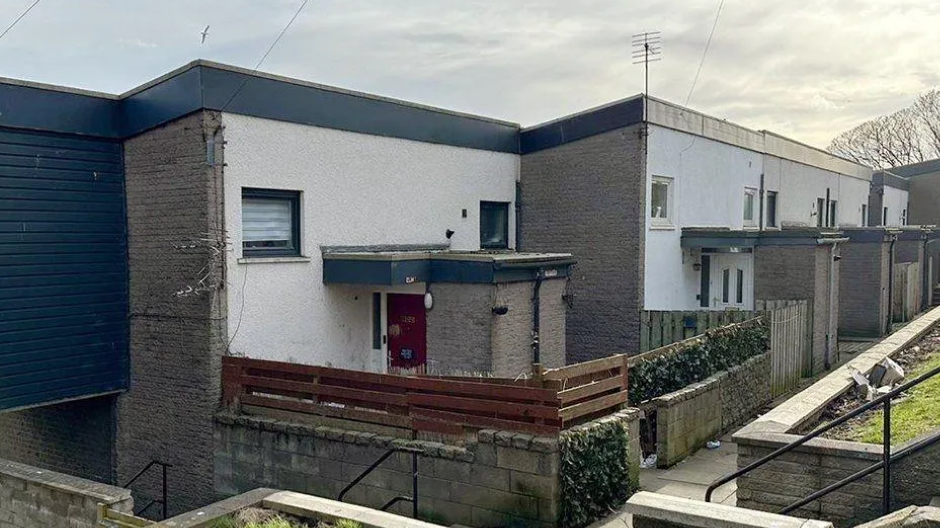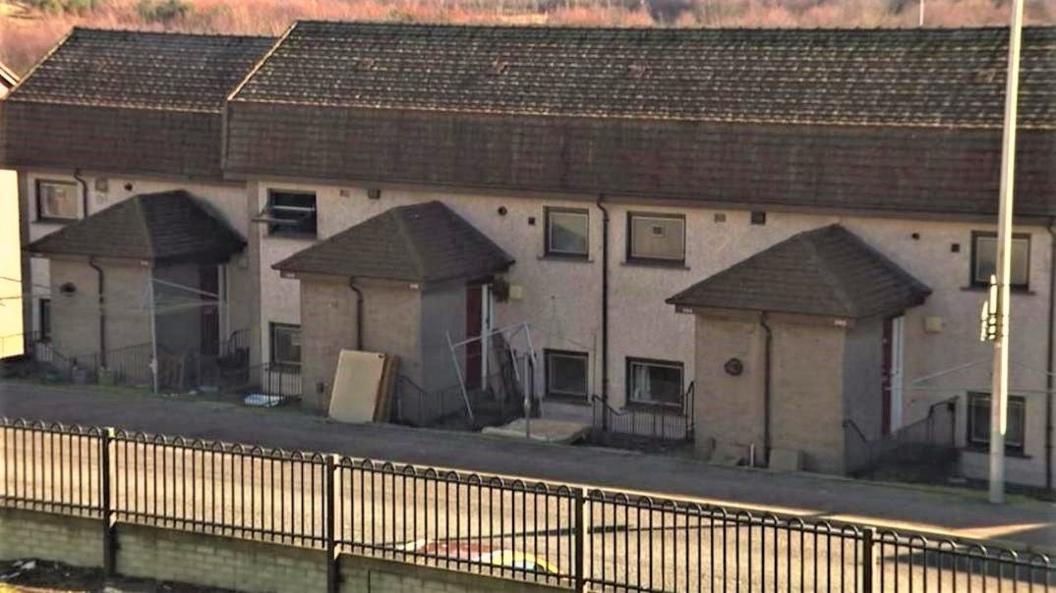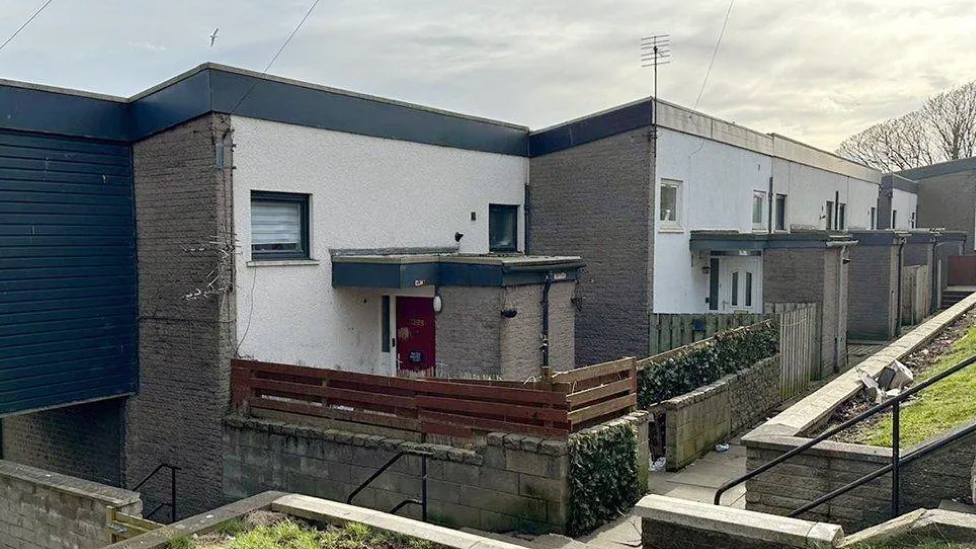Improved offers expected for Aberdeen Raac homes

More than 500 properties in Aberdeen were found to contain Raac
- Published
Aberdeen residents whose homes are set to be demolished due to the presence of potentially dangerous concrete look set to be given improved offers for their properties.
More than 500 homes in the city's Balnagask area contain reinforced autoclaved aerated concrete (Raac).
The Scottish government agreed a funding deal worth £10m with Aberdeen City Council (ACC) earlier this month to help support residents.
ACC has now confirmed it is preparing to offer homeowners "essentially a pre-Raac" valuation. The proposals are due be discussed at a meeting on Tuesday.
ACC plans to knock down the majority of about 500 homes.
But many residents have been upset at the local authority's offers for their properties - saying it would leave them tens of thousands of pounds out of pocket.
Now ACC looks set to make offers along the lines of a valuation made before a property was identified as having Raac.
Housing convener Miranda Radley told BBC Scotland: "Residents over a number of weeks and months have been very clear on what their expectations are, and that was pre-Raac market value.
"We're hopeful that this will unlock the situation, and will be a light at the end of the tunnel for all those impacted by Raac."
Ms Radley said properties would be valued depending on size.
She said: "Each individual property can be assessed by an independent valuer.
"That will give them market value, and then the additional payment will be the cost of the roof on top of that.
"That will be an offer for the voluntary acquisition of their property."
Following the latest development, Scottish Conservative North East MSP Liam Kerr said: "Two years after Raac was first discovered in Aberdeen, this announcement finally gives residents some light at the end of the tunnel."
What is Raac?
Raac stands for reinforced autoclaved aerated concrete.
It is a lightweight material that was used mostly in flat roofing, but also in floors and walls, between the 1950s and 1990s.
It is a cheaper alternative to standard concrete, is quicker to produce and easier to install.
It is aerated, or "bubbly" - like an Aero chocolate bar.
But it is less durable and has a lifespan of about 30 years.
Its structural behaviour differs significantly from traditional reinforced concrete.
Moreover, it is susceptible to structural failure when exposed to moisture. The bubbles can allow water to enter the material.
Raac is often coated with another material, such as bitumen on roofing panels. But this material can also degrade.
The Health and Safety Executive (HSE) said Raac was now beyond its lifespan and could "collapse with little or no notice".
- Published23 October

- Published11 October

- Published2 October

- Published19 August
